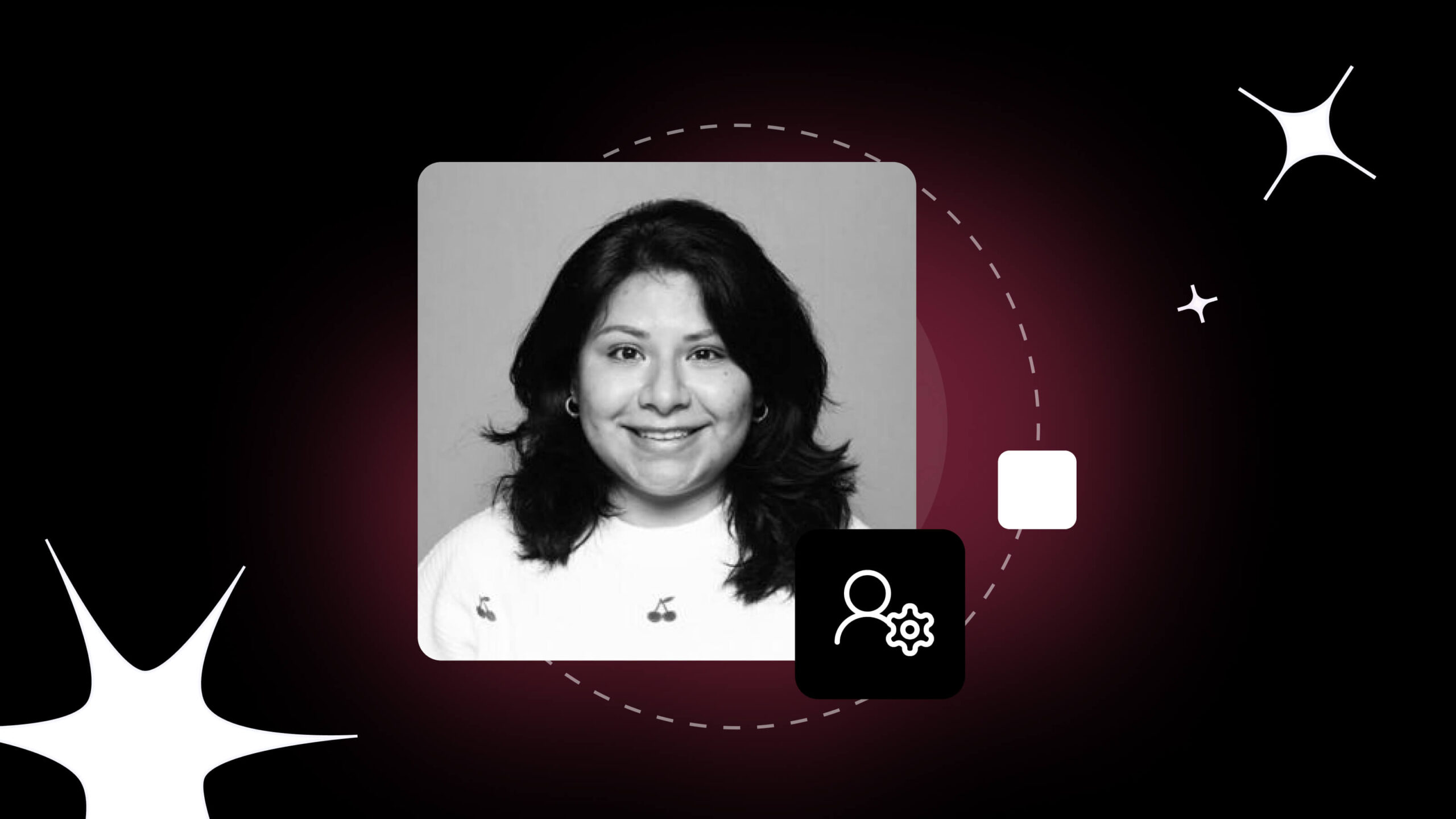You might well think that at this point in his career, Ring founder and chief inventor Jamie Siminoff would be content to rest on his laurels. And you’d be wrong.
Siminoff’s story is now well known. While working on inventions in his garage in 2011, he came up with the idea for a doorbell that could alert residents about visitors or activity outside their homes via their smartphones. In 2013, Siminoff pitched this WiFi-enabled video doorbell, then called DoorBot, on the TV show Shark Tank, only to be rejected. Facing the prospect of failure and even bankruptcy, he felt he had no choice but to push on. Fast forward five years and his company, now called Ring, would go on to be acquired by Amazon for over $1 billion.
Today, Siminoff is still at the helm of Ring, still putting his email address on the box of every Ring product, and still installing doorbells for customers himself when he’s able. But with such astounding successes already under his belt, what is it that keeps Siminoff going and Ring growing?
To be product-led, be mission-led
As Siminoff made clear at this year’s Pendomonium, Pendo’s annual product festival, it’s the mission at the heart of the company that drives continued innovation and product development. “We have a mission to reduce crime in neighborhoods, so that puts the guideposts around what we’re going to build,” he said. For him, thinking about products as a function of the mission rather than placing them at the center of the company’s strategy opens up new creative possibilities.
It also prevents him and his team from putting up unnecessary guardrails around what they can or should be doing to take Ring to the next level. “If my goal was to build the best doorbell,” Siminoff explained, “the problem is I probably would have thought I already did that. And then . . . you hit a ceiling,” he warned. The mission-driven mindset, in contrast, allows him to say, “OK, we built a doorbell, but our mission is to reduce crime in neighborhoods. Wow, lights are important [too], and motion detectors . . . it just keeps evolving.”
When goals become limits
What makes Ring’s mission of reducing crime so impactful is that it’s both tangible and yet aspirational. There will always be ways Ring can better help prevent individual instances of crime, but crime in general is and likely always will be a problem in any society. “This mission,” Siminoff explained, “it’s sort of infinite, it’s unachievable, and so it keeps leading us to keep inventing.”
It was this mindset of not wanting to set arbitrary limits for Ring that led Siminoff to shun the practice of setting financial goals for the company to meet during its high-growth years. While many may have seen that as evidence Ring wasn’t reaching, Siminoff came to the opposite conclusion. “When you set a goal of, say, $100 million, now your team is going to shoot for that goal. They’re going to hit it, and you’re not going to realize you could have done $170 million.”
The ultimate KPI
Overemphasizing financial goals not only prevents good years from being even better, it makes bad years discourage employees from thinking in the long term. For Siminoff, it comes down to what drives you. “If you’re motivated just by money, as soon as you have a bad year you’re going to go do something else. But if you care about changing the world, that’s the stuff that lasts forever.”
So how did Siminoff measure success? Again, it all went back to the mission. “Success was this KPI of reducing crime in neighborhoods, and we’re never gonna reach it [completely], so welcome to the struggle club.” The lesson of Ring’s story is clear: Your company and its products are only as strong as the mission that guides them.


